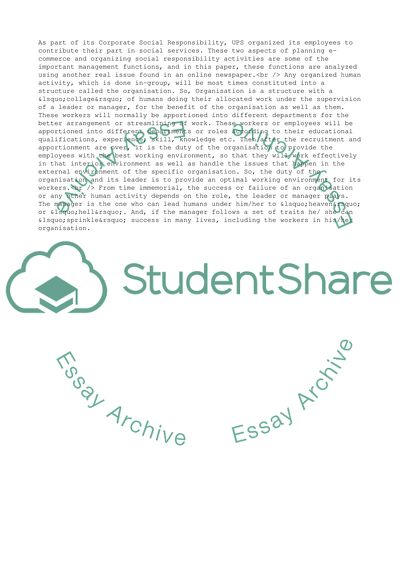Cite this document
(A New Initiative of E Commerce Case Study Example | Topics and Well Written Essays - 3000 words, n.d.)
A New Initiative of E Commerce Case Study Example | Topics and Well Written Essays - 3000 words. Retrieved from https://studentshare.org/business/1711778-management-report-on-an-issue-related-to-external-environment
A New Initiative of E Commerce Case Study Example | Topics and Well Written Essays - 3000 words. Retrieved from https://studentshare.org/business/1711778-management-report-on-an-issue-related-to-external-environment
(A New Initiative of E Commerce Case Study Example | Topics and Well Written Essays - 3000 Words)
A New Initiative of E Commerce Case Study Example | Topics and Well Written Essays - 3000 Words. https://studentshare.org/business/1711778-management-report-on-an-issue-related-to-external-environment.
A New Initiative of E Commerce Case Study Example | Topics and Well Written Essays - 3000 Words. https://studentshare.org/business/1711778-management-report-on-an-issue-related-to-external-environment.
“A New Initiative of E Commerce Case Study Example | Topics and Well Written Essays - 3000 Words”. https://studentshare.org/business/1711778-management-report-on-an-issue-related-to-external-environment.


